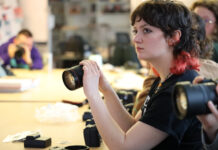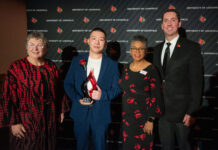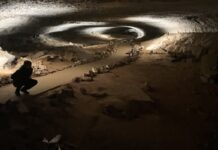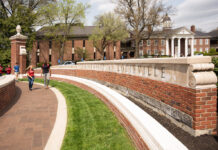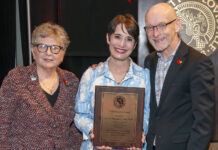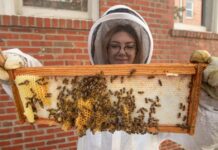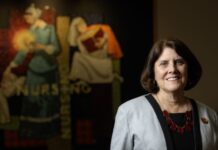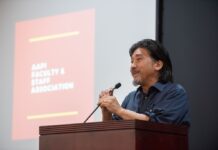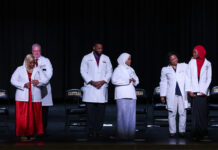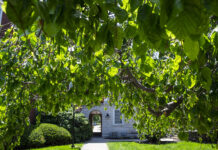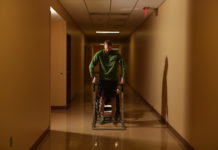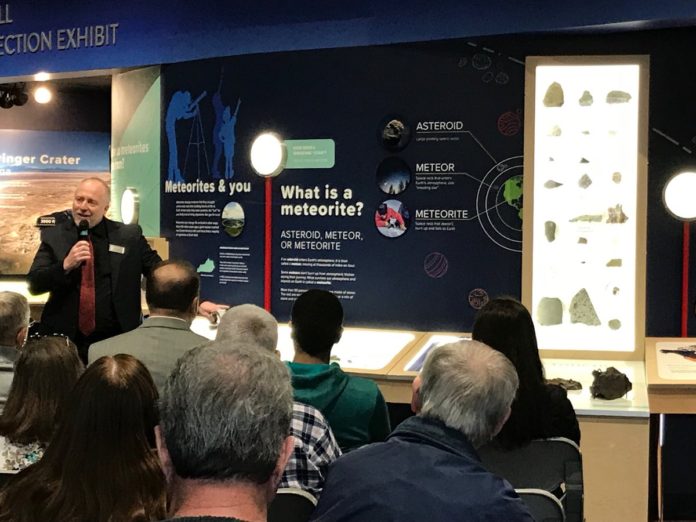
More than 140 people raised a toast to the new, permanent William G. Russell Meteor Collection Exhibit at Gheens Science Hall and Rauch Planetarium during its debut Dec. 17.
The standing-room-only crowd included members of the public, UofL College of Education and Human Development Dean Ann Larson, and family and friends of the late collector William Russell, whose wife Mary Ann generously donated the impressive group of 132 specimens (90 of them are meteorites) to the university in the hopes of furthering space education.
“Bill would be very proud,” she said. “I did this for him because it was something that he was very passionate about.” Her husband, a chemical engineer who died in 2015 after battling Parkinson’s disease, was interested in looking at the night sky through his telescope and spent 20 years collecting the specimens.
The exhibition includes a rarity in space specimen collections, said Tom Tretter, director of the planetarium: Several of the meteorites can be touched.
When Mary Ann Russell asked a young boy at the debut whether he had touched the meteorites, he gave the response she hoped for: “That was so cool!”
Also at the ceremony was Devin Russell, the Russells’ son and a UofL graduate, and Paula Weller, Mary Ann’s sister and also a UofL graduate.
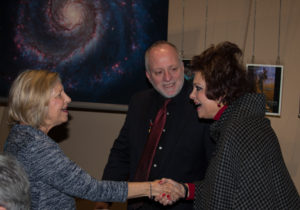
Tretter gave the crowd an overview of the collection and introduced some of its other highlights, including a fragment of a meteor that hit Louisville in 1977 and a small container of dust from Mars. He said schoolchildren have already been to see the new exhibit, which is permanently housed in the lobby of Gheens Science Hall and Rauch Planetarium and is available for viewing during weekend shows and by special arrangement.
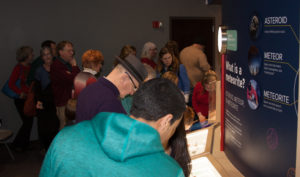
“Meteorites are frozen bits of our early solar system from when it first formed approximately 4.5 billion years ago,” he said. “Our exhibit allows visitors to examine and touch rocks that tell the story of the formation of our solar system.”


